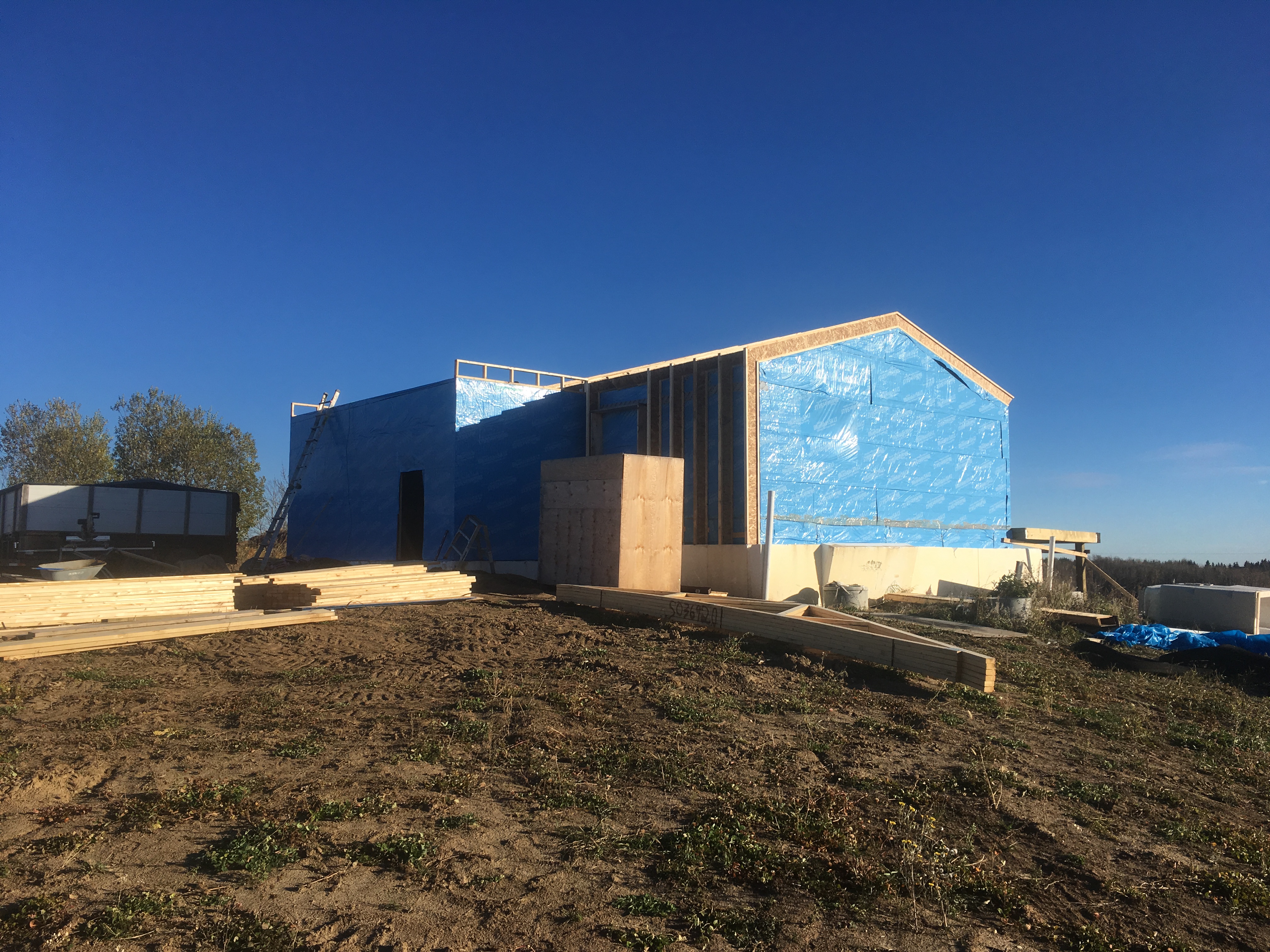
We are nearing completion on our first Passive House, and we get a lot of questions about what exactly that means. Without getting too technical, I’d like to present a quick overview!
Passive House Standard
Passive House is essentially an energy efficiency standard, the same way that R2000 or Energy Star are. It doesn’t address sustainability like LEED does, it is strictly an energy consumption model. The Passive House standard is unique in that it measures finished building performance, instead of prescribing a particular building method. Home builders can design around locally available materials and environmental conditions.
Passive House originated in Germany, and it is unique in that it doesn’t require or endorse a particular building method. Instead, it focuses on several benchmarks of building performance that are easily measured or projected.
The first benchmark for Passive House certification is an air leakage rate of 0.6 ACH, or Air Changes per Hour. We calculate the total volume of air in the house, then pressurize the house to 50PA. We then measure the volume of air required to keep it at that pressure using a special piece of equipment called a blower door.
What’s the average?
An average home built to today’s code requirements will leak its total volume of air out three times per hour. That’s a lot of extra air to heat, so we start by reducing air leakage. A Passive House will not be certified, no matter how well insulated, unless it leaks less than 60% of its air volume per hour (0.6 ACH).
Incidentally, our first home build scored an air leakage rate of only 0.39!! We are pretty excited about that as it takes a lot of attention to detail to get there!
Keep an eye out for our blog post on the second primary benchmark, coming tomorrow.